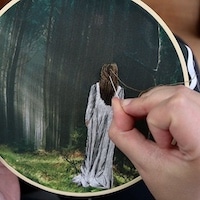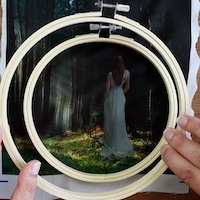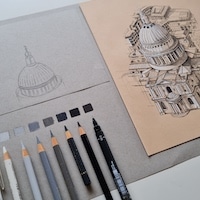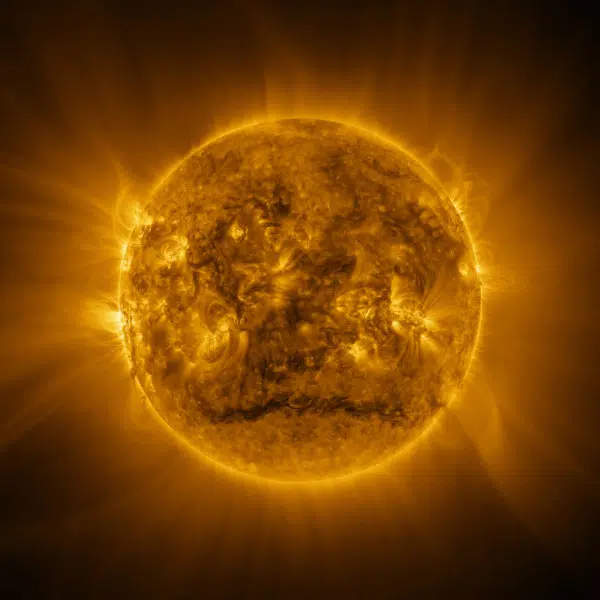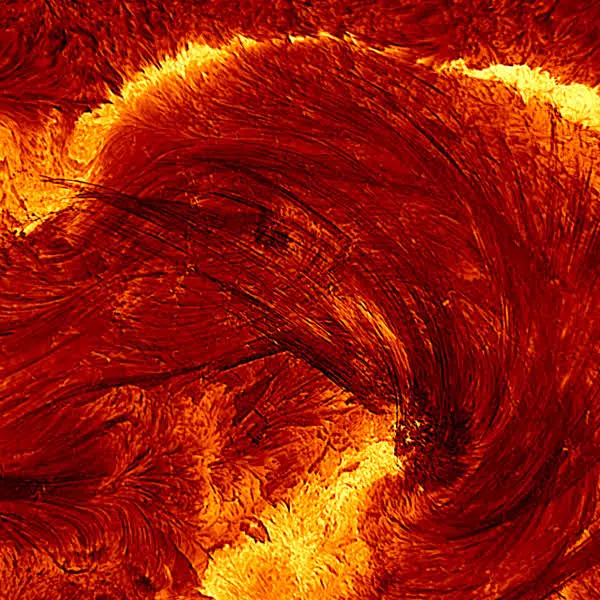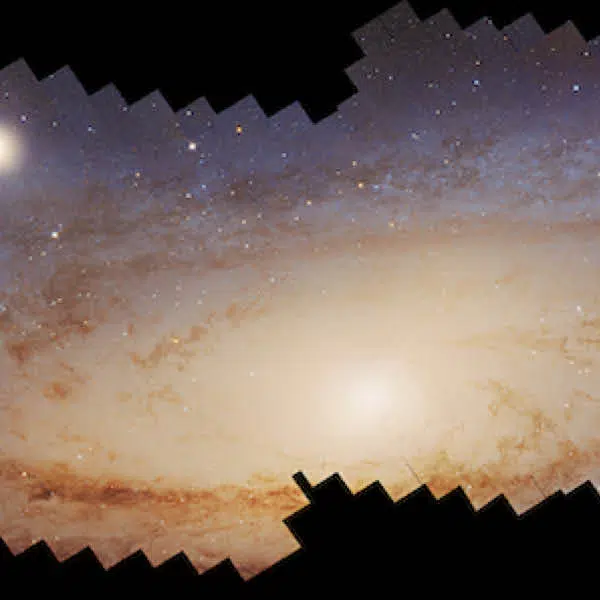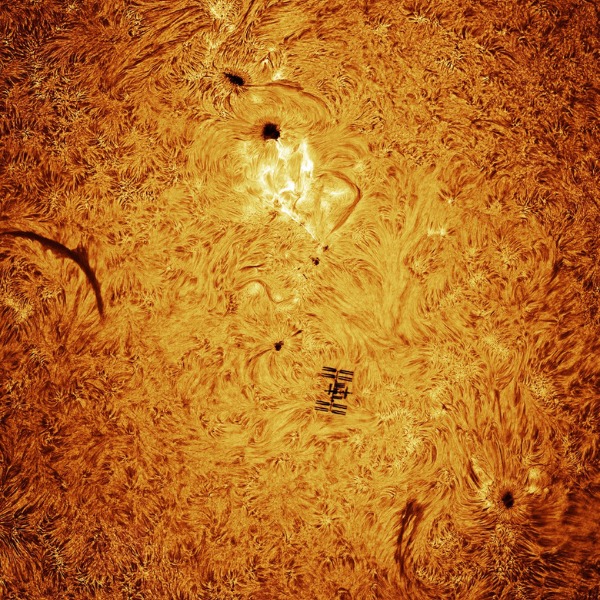Since its original launch in 2018, NASA’s Parker Solar Probe has completed several orbits around the sun, gradually moving closer and closer with each trip. In 2021, it became the first spacecraft to fly through the corona (the sun’s upper atmosphere), facing what NASA calls “brutal heat and radiation” for the sake of invaluable interstellar insights. But it was only late last year that the probe achieved one of its greatest feats to date.
On December 24, 2024, the Parker Solar Probe began its closest approach to the sun, just 3.8 million miles away from the solar surface. While there, the probe collected data and captured new photography with a variety of scientific instruments, including the Wide-Field Imager for Solar Probe (WISPR). These WISPR images were released by NASA last month and, according to the organization, offer an unprecedented glimpse into the sun’s corona and solar wind, a “constant stream of electrically charged particles that rage across the solar system.” The phenomenon shoots materials and magnetic currents out from the sun, which can manifest as vibrant auroras; but, at the same time, it can also overwhelm power grids and impact communications systems on Earth.
“We are witnessing where space weather threats to Earth begin, with our eyes, not just with models,” Nicky Fox, associate administrator of the Science Mission Directorate at NASA’s Washington headquarters, said in a statement. “This new data will help us vastly improve our space weather predictions to ensure the safety of our astronauts and the protection of our technology here on Earth and throughout the solar system.”
Notably, the images reveal the collision of multiple coronal mass ejections (CMEs) for the first time in high-resolution. CMEs are large outbursts of charged particles that greatly impact space weather, much like a solar wind. When they collide and change trajectory, however, CMEs can accelerate charged particles and mix magnetic fields, posing a greater threat to astronauts and satellites in space as well as Earth-based technology. By studying the probe’s recent imagery, scientists and astronomers can better predict—and better prepare for—how space weather will affect Earth and the solar system as a whole.
“In these images, we’re seeing the CMEs basically piling up on top of one another,” Angelos Vourlidas, a WISPR instrument scientist at the Johns Hopkins Applied Physics Laboratory, says. “We’re using this to figure out how the CMEs merge together, which can be important for space weather.”
Taken together, these close-range images and data points allow scientists to dig deeper into solar wind, how it’s generated, and how, exactly, it manages to escape the sun’s “immense gravitational pull.”
“Understanding this continuous flow of particles, particularly the slow solar wind, is a major challenge, especially given the diversity in the properties of these streams,” Nour Rawafi, the project scientist for the Parker Solar Probe at the Johns Hopkins Applied Physics Laboratory, adds. “But with Parker Solar Probe, we’re closer than ever to uncovering their origins and how they evolve.”
The probe will complete its next pass through the sun’s corona on Sept. 15, 2025. To learn more, visit NASA’s website.
NASA has released the closest-ever images of the sun, captured by the Parker Solar Probe only 3.8 million miles away from the solar surface.
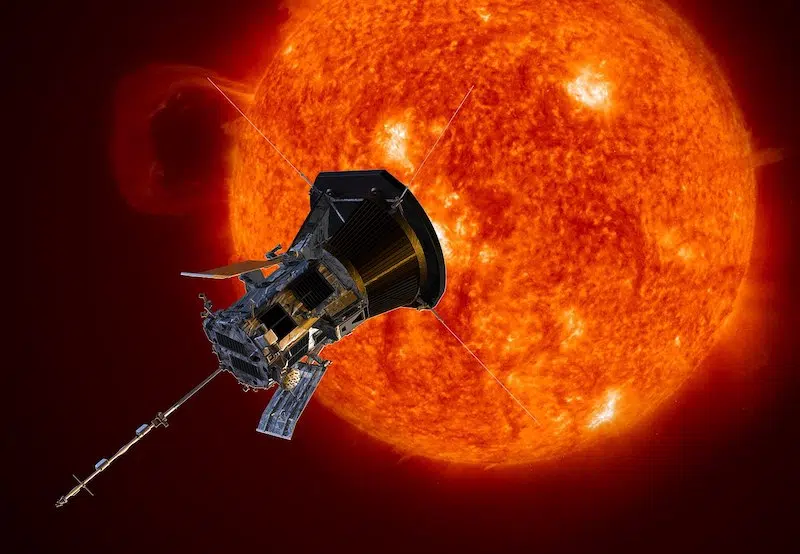
Artist rendition of the Parker Solar Probe spacecraft approaching the sun. (Photo: NASA, Public domain)
Sources: NASA’s Parker Solar Probe Snaps Closest-Ever Images to Sun; Parker Solar Probe
Related Articles:
Incredible NASA Imaging Shows the Most Traveled “Underwater Highways” on Earth
NASA Unveils Historic Photos of a Lunar Sunset Captured by the Blue Ghost Lander
NASA’s James Webb Space Telescope Discovers Strongest Indicators of Life on Another Planet


































